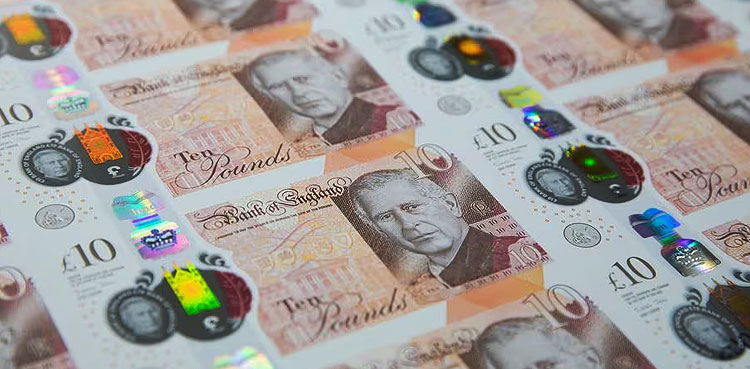The UK pound has hit a high of 345.74 Pakistani rupees (PKR), a significant shift in Pakistan’s financial situation. This change is due to global currency market fluctuations and has prompted widespread discussion about its economic effects.
Several factors are influencing the exchange rate. The UK pound’s strength, linked to the UK’s economy and recovery, is a key driver. Pakistan’s own economic challenges, such as inflation, trade deficits, and low foreign exchange reserves, also put pressure on the rupee. Increased demand for foreign currency, especially from importers and those sending money abroad, plus global oil prices and political instability, are also contributing factors.
This high exchange rate has both advantages and disadvantages. Pakistanis living abroad and sending money home will receive more rupees, potentially boosting household incomes and spending. However, it also means higher import costs, especially for essentials like fuel, machinery, and medicine, which could worsen inflation.
Businesses that import raw materials may also see rising costs, potentially leading to higher prices for consumers.


Leave a Comment